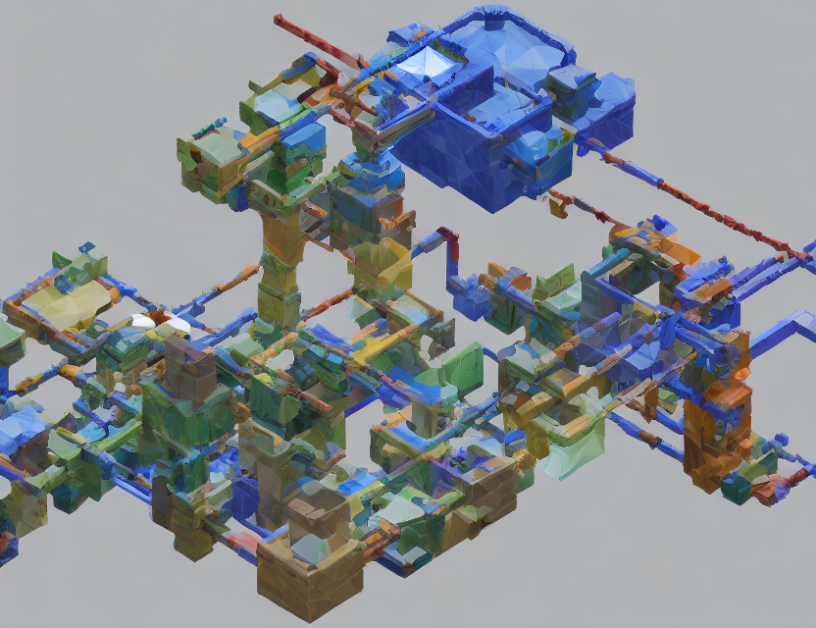In this article, we delve into the realm of computational complexity theory, specifically examining the problematic nature of enumeration algorithms when dealing with certain machine models. Our primary focus is on the Turing machine, a standard model in complexity theory, and how its linear access pattern hinders polynomial delay even for small data sets. To overcome this limitation, we turn to random access machines (RAMs) as the preferred machine model for enumeration algorithms.
To facilitate understanding, let’s consider an analogy: imagine a library with vast collections of books, each book representing a problem instance. Now, suppose you want to find all possible solutions for a particular book. If you could access any book instantly and in any order, the task would be relatively straightforward. However, if the library follows a linear structure, where you can only access the next book after finishing the previous one, the complexity grows exponentially with each book, making it challenging to find all possible solutions within a reasonable time frame. This is similar to the challenge enumeration algorithms face when dealing with linear machine models like the Turing machine.
To address this issue, we introduce an alternative notation for submodels, which enables us to focus on non-connected submodels as well. This modification allows us to explore the vast array of possible fragments and their combinatorial complexity. We also provide a definition for connected submodels, which are essential in understanding the satisfiability of CTL formulas.
In summary, this article unveils the intricate relationship between machine models and enumeration algorithms, revealing how seemingly minor details can significantly impact computational complexity. By leveraging alternative notations and definitions, we pave the way for a deeper comprehension of these concepts and their practical applications in various fields.
Computer Science, Logic in Computer Science
Hardness of Submodel Enumeration for Combinatorial Logic



